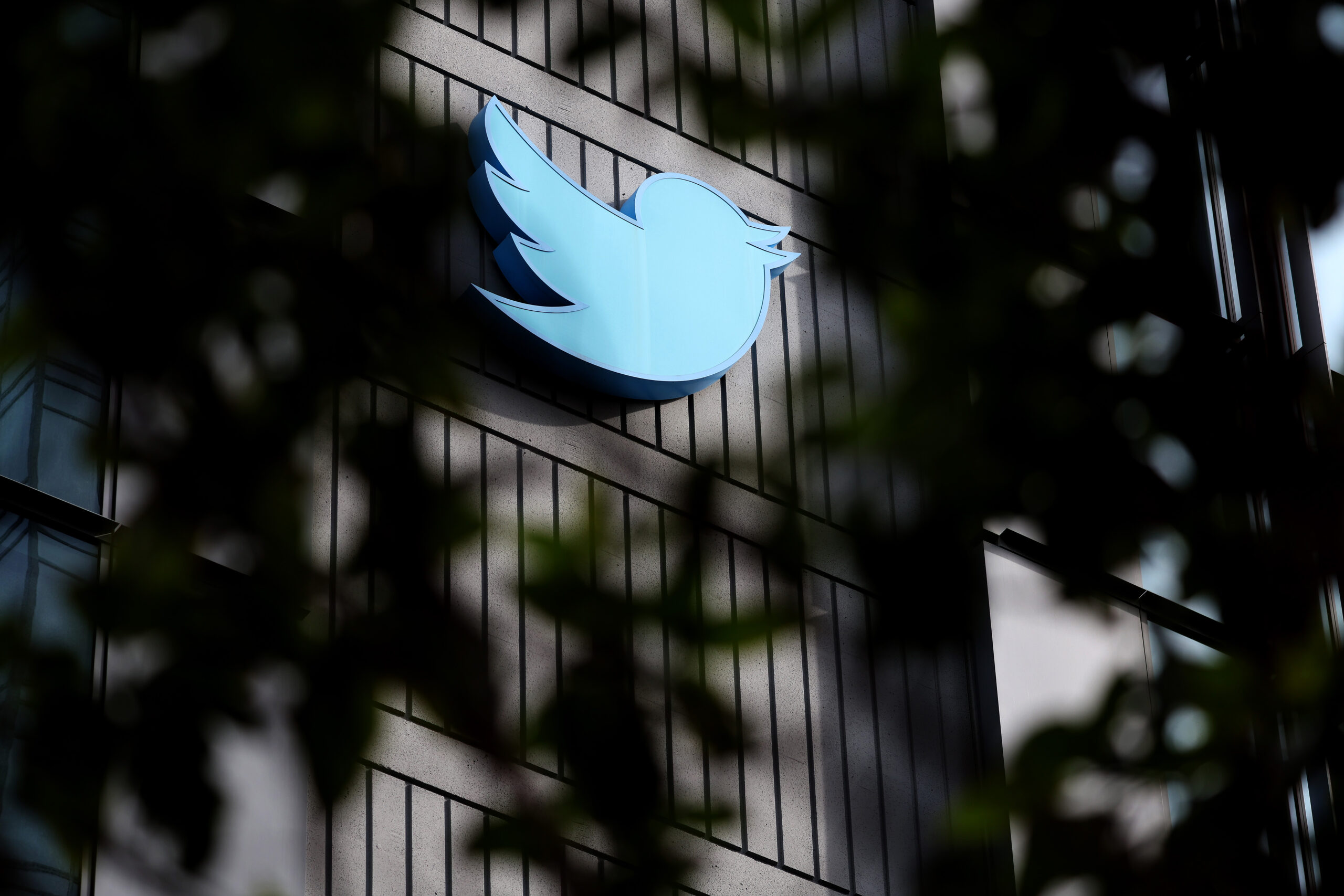This tale is syndicated from the Substack newsletter Big Technology subscribe for totally free here.
Elon Musk is going quick. The billionaire entrepreneur closed his Twitter deal last Thursday and is already building considerable changes. In 1 7 days, he’s released a program to demand for verification, uncovered a big articles moderation initiative, and even seemed into reviving Vine.
With Musk’s vision for the system having form, we can now evaluate what he’s executing vs. what he might. And when the broader conversation may well be frenzied, it cools down a bit when you concentration on his actions. Some are rather wise.
So this 7 days, let us assess Musk’s initiatives on the merits:
Charging $8 for ‘Verified’ Badges
Probably as before long as Monday, Musk will charge $8 a month for a ‘verified’ checkmark and other rewards, like ad reduction and amplified discoverability. His ‘pay $8’ approach was bound to annoy his most influential people, given that it takes their money and cheapens their status symbol. But if adopted en masse, prevalent verification could support sift out spam. Creating armies of troll accounts would be much less attractive for $8/thirty day period each and every.
Some protests from this prepare are legitimate. Paid out verification will make it tougher to uncover impersonators. It will also disincentivize electrical power users—previously leaving—from staying active. So there’s hazard. But the program also would make Twitter’s customers its clients, displacing advertisers, and aligns the platform’s incentives with the people’s pursuits.
Bottom Line: There is cause to be cautious, but the outcry is abnormal. Paid verification may backfire, but it’s worthy of hoping.
Bringing Back again Vine
Musk may carry back Vine, the brief-sort movie app Twitter killed in 2016. Vine’s swift increase uncovered people’s curiosity in pretty short, looping video clips. But its swift tumble confirmed its constraints. Its preliminary 6-2nd constraint proved much too quick. And its stick to model—instead of AI recommendations—feels antiquated now.
Vine died a ghost city right after Twitter refused to pay back its creators, and they still left it vacant. With generous creator cash now recognized at YouTube, Instagram, and TikTok, it would be tricky (if not difficult) to acquire creators back to Vine. Furthermore there’s an AI deficit.
As a substitute of bringing again Vine, Twitter could take into consideration possibilities like bringing small-type video clips into the primary app. “Getting the inventory of articles (to a point out that is aggressive with TikTok) will be arduous,†Gas founder Nikita Bier explained in a reply to Musk this 7 days. “Better to construct on a video clip feed within of Twitter.â€
Bottom Line: Reviving Vine won’t do considerably. Permit it keep dead.
Written content Moderation Council
Musk at first indicated he wished to permit all authorized speech on Twitter. But just after taking more than, he’s saved the suspension of Donald Trump and many others in location. For someone who billed himself as a cost-free speech absolutist, his actions are displaying a a lot more deliberative approach to content material moderation.
Musk now designs to kind a “content moderation council†with a large array of viewpoints, and will not make any important material choices or reinstate accounts until it convenes. Twitter, in the meantime, eliminated more than 1,500 accounts engaged in despise speech this 7 days. “To be tremendous very clear,’ Musk explained, “We have not however produced any variations to Twitter’s material moderation procedures.†It is early, but these actions discuss volumes.
Musk did not assist his scenario when he tweeted a conspiracy about the assault on Nancy Pelosi’s husband, Paul Pelosi. As CEO of Twitter, his habits indicators to buyers what he’d like to see on the system. That was a bad signal.
Base Line: Musk’s a lot more thoughtful approach to information moderation is a surprise. But a good one particular. Deliberative choices on material coverage are superior for Twitter’s organization and culture.
Paying content creatorsÂ
Twitter’s heaviest end users are in complete decrease, and it is difficult to overstate how bad that is for the platform. The minute feels like Facebook’s first sharing decline, reported on in 2016, which presaged the News Feed’s diminishment.
Musk must take care of this challenge, and worthwhile articles creators is 1 way to do it. After having more than Twitter, Musk was emphatic about creator payments. “Absolutely important,†he reported Tuesday. “Creators need to have to make a living!†This would reverse a custom at Twitter, courting again to the Vine times, exactly where spending creators hasn’t been common.
Bottom Line: This is a person step amongst lots of Twitter have to choose to maintain its most lively end users. Achievement depends on the particulars.
Deleting inactive accounts
Twitter is littered with inactive accounts. When it was a public corporation, it couldn’t very easily delete them given that there was hope they could reactivate and deliver the progress Wall Street required. With Twitter now personal, Musk doesn’t will need to juice daily lively person numbers so he can delete the inactives. Requested if he’d purge all inactive accounts this 7 days, Musk replied, “Definitely.â€
Bottom Line: Twitter does not need to be a scrap heap of social media misadventure. Purging dead accounts would incorporate vibrancy to the community.
Mass Layoffs
Musk is getting ready to lay off roughly 3,700 staff, or about fifty percent of employees, for every stories. Removing that many persons so early on means Musk will make problems. Even though chopping prices at Twitter was inevitable offered the credit card debt Musk took on to finance this deal—and one particular could argue Twitter’s workforce weren’t successful enough—these layoffs seem reckless.
Bottom line: Value-slicing would make perception. Owning to pay out exorbitant consulting service fees to ex-workforce when you need their expertise? Fewer so.

